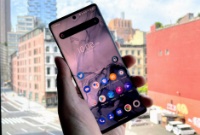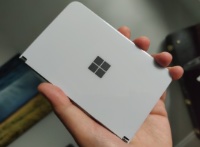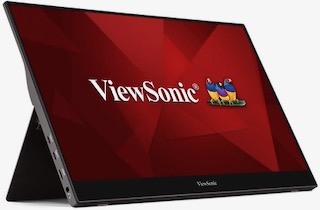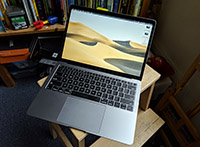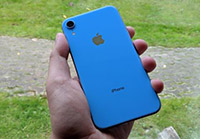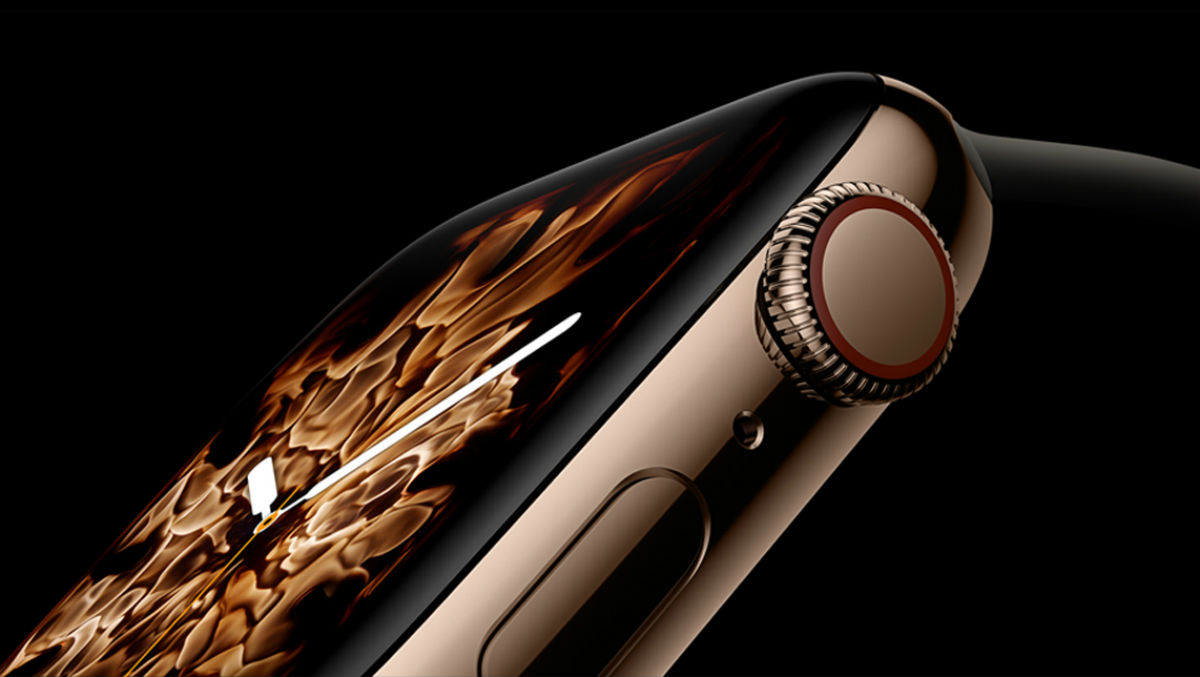Apple Watch Series 7 gets a 20% bigger display area
 Wednesday, September 15, 2021 at 8:06AM
Wednesday, September 15, 2021 at 8:06AM Apple doesn't tweak its new Watch Series 7 too much. But it gets a 20% bigger display area than its predecessor. The screen is as close to the rounded edges as possible. And it now has a more crack-resistant design and an IP6X rating.
Apple has tweaked its software to take advantage of the larger display. The company has included new watch faces, too. The Apple Watch gets slightly bigger sizes from 40mm to 41mm for the smaller size and 44mm to 45mm for the larger option.






